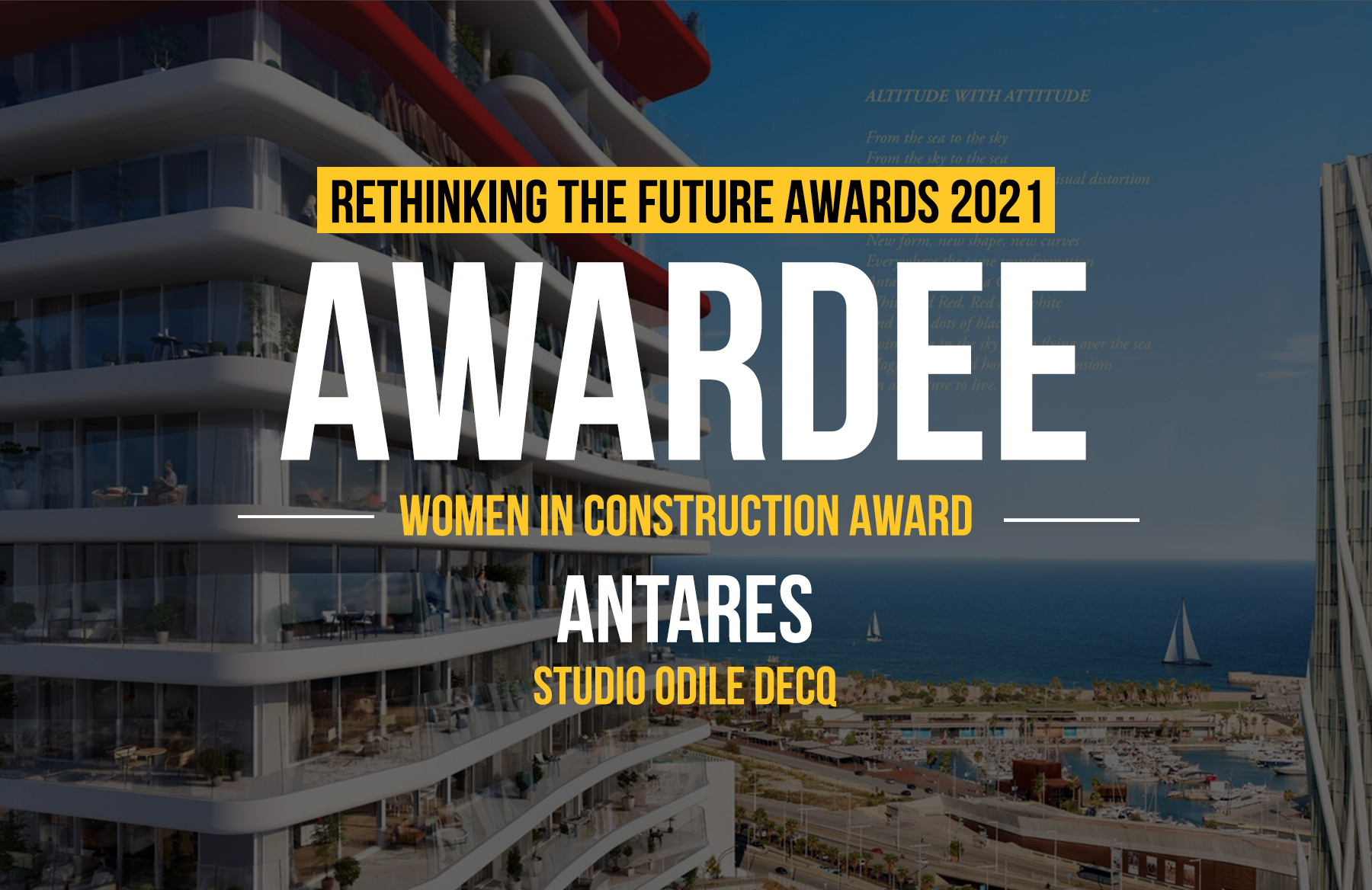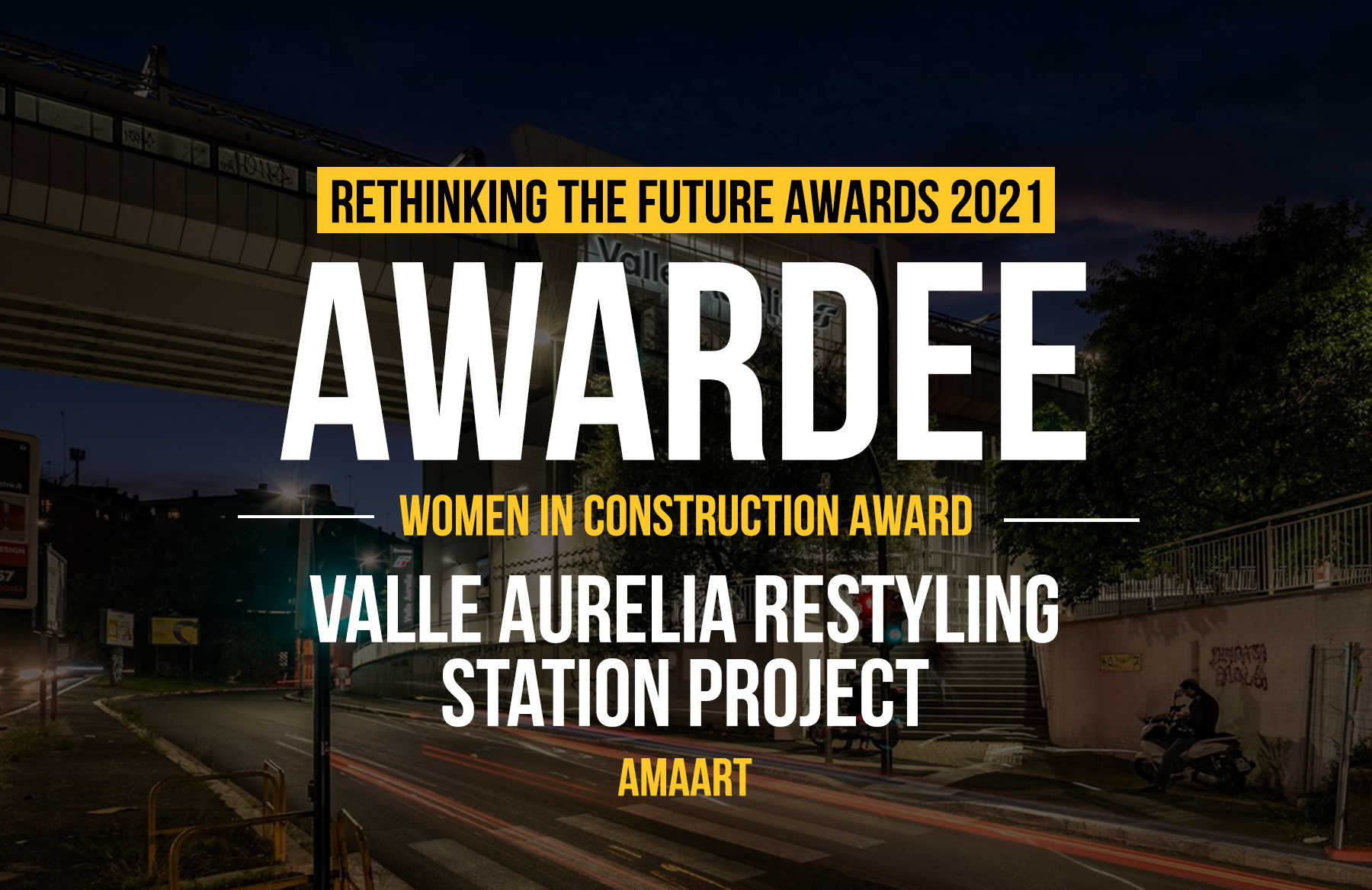Project Info
Project Architect : MOOV
Introduction
The fundamental concern that guided the decision process from the start was how to produce a solution that is environmentally responsible, functional, cost effective and iconic. The circular shape of the building aims at giving a positive response to all of the above.The proposal by MOOV not only preserves the locations and offers living conditions to its dwellers, but also enhances the actual natural conditions, by regenerating the plot. More images and architects’ description after the break.
Details
The circular form recalls ideas that have always been associated with it such as continuity, regeneration, balance, and centrality. It evokes movement and, at the same time, summons the idea of place to meet, to gather. The radial disposition of individual spaces allows taking full advantage of the landscape in all 360 degrees, and the functional distribution of the program, set in array around an inner circular patio, where people can gather.
Under the single continuous gesture of the large roof surface are generated distinct spaces, from totally enclosed rooms, to fully open spaces, suiting each space to its function according to the program. The building is lifted from the ground, leaving the terrain topography untouched, reducing to almost none the need for excavation or land filling. The natural flow of rain water is also preserved. That also allows air to move under the construction, cooling it, and gives the building a more prominent presence, as a landscape reference.
Environmental Regeneration
In addition to the already existing natural conditions this project intends to foster the creation of a sustainable landscape context inspired by natural systems where nothing goes to waste.
Introduction of a native vegetation palette that promotes habitat biodiversity enhances environmental quality and supports local wildlife [with the potential to attract birds, butterflies, and beneficial insects]. The importance of native vegetation to local fauna cannot be ignored. Using endemic species will offer the most resources to local fauna and serve as rewarding attractions. Birds and local wildlife are linked with autochthonous vegetation that provide daily food (in the form of seeds and fruit for instance); protection; nesting places and hosting sites as in the case of butterflies. A combination of natural resources that they need to survive and reproduce organic waste [raw material] is recycled as advanced biological compost and used as soil fertilizer in the forest nursery.
Passive Strategies
In order to reduce negative impact on the environment and provide comfortable living conditions, some strategies were adopted. Air flows under construction, keeping ground moisture away from structure, prolonging materials live span, and cooling the construction.
Under the building are planted autochthonous species adapted for low light environment. These plants prevent soil erosion in the hill sides and are a part in the equilibrium of the natural system. The building is exposure to hilltop wind, taking advantage of higher ground. Voids are open according to predominant winds. Those voids are used as living spaces that are protected from the sun and rain.
The inner and outer circular shapes increases the total surface of the façade. Some of the wall panels can be opened to increase cross ventilation from every direction in every room. Ventilation is combined with shading, and vegetations in the central yard increases cooling effect. Rain water is gathered for consumption and organic waste is recycled as advanced biological compost and used as fertilizer.




